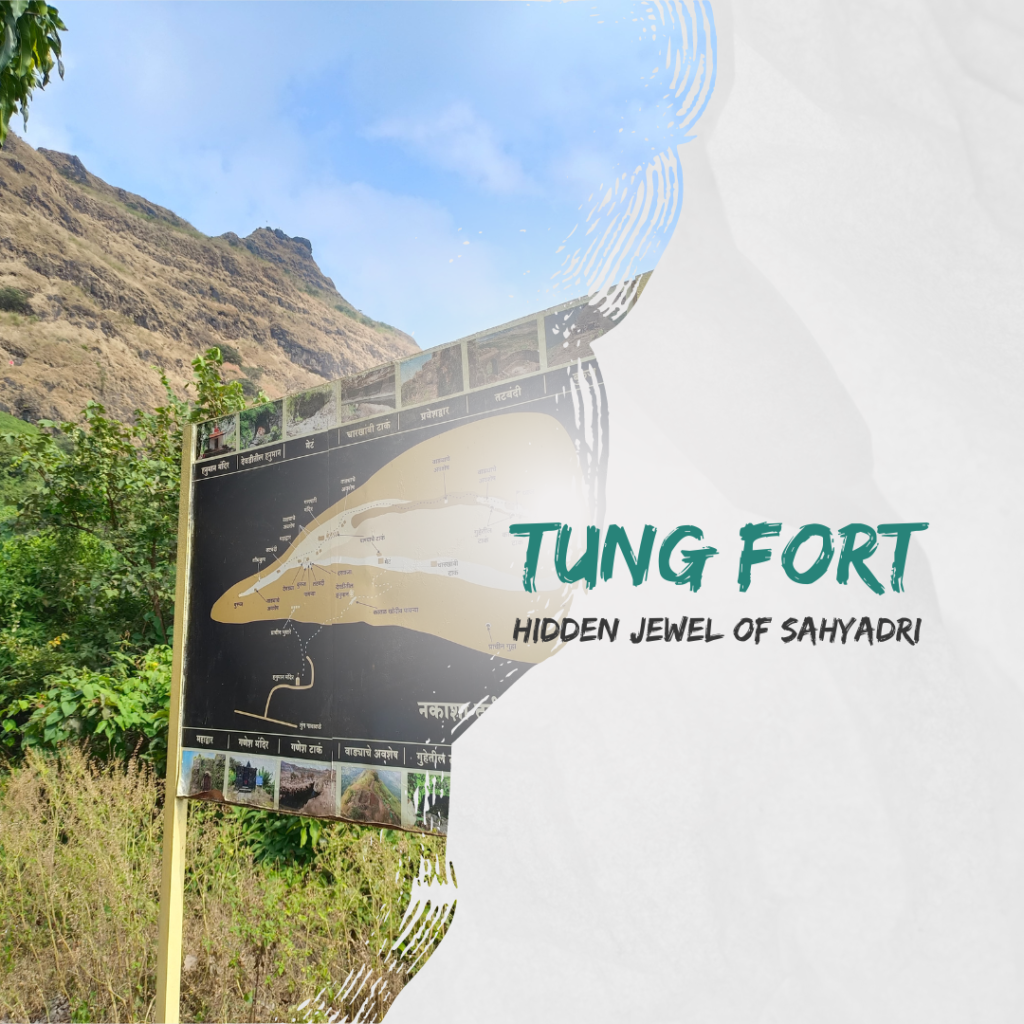Tung Fort (तुंग किल्ला/कठिणगड)
Maharashtra is renowned for its rich heritage of forts, boasting over 365 majestic structures scattered across its landscape., each with a different story from the time of Chhatrapati Shivaji Maharaj. There are some forts that offer stunning views without much difficulty, while other forts pose serious challenges. The Tung Fort is a good example of this. It may seem easy, but there are narrow paths, broken steps, and steep climbs that make it quite challenging. The fort is set proudly atop 1075 meters of land, with water surrounding it on three sides, offering spectacular views of Pawna Dam and nearby forts such as Lohagad, Korigad, Tikona, and Visapur. Tung Fort, also known as Kathingad, means ‘difficult fort,’ and is both a physical and historical challenge. Aside from this, it served as a key watchtower, strategically placed to ensure the region’s safety. In addition to its historical significance among Maharashtra’s forts, its high position made it ideal for keeping an eye out for threats.
History of tung fort
Tung Fort, built before 1600 CE, started under the Adil Shahi dynasty but later taken by Chatrapati Shivaji Maharaj. Though it’s small, holding only about 200 soldiers, its main job was to watch over the Maval region. It sat high above the Pawana and Mulshi valleys, guarding the road to Pune. The Dhamale family, important in Maval, were in charge of keeping Tung Fort safe. During attacks, it served as a distraction, giving time for bigger forts like Visapur and Lohagad to prepare. Instead of being a stronghold, its role was more about watching out for trouble and sounding the alarm to nearby forts.
the journey
With a busy week behind me, I eagerly awaited the weekend for much-needed relaxation. I decided to go on a short trek to satisfy my desire for adventure. Last time, Kedar and I conquered Tail-Baila and Morgiri Forts, but due to time constraints, we did not explore Tung Fort. Determined to change that, I called Kedar, who was up for another trekking adventure.
On the busy Saturday morning of November 25th, we set out at 5 a.m., eager to tackle the trails. Aware that Lonavala would soon fill up with weekend visitors from Pune and Mumbai seeking relaxation, we chose the Lonavala-Bhushi Dam route, which is known for its smooth roads. Our early start aimed to avoid the expected traffic jam, ensuring we reached the fort’s base village before the roads got too crowded.
It was a chilly ride as we rode through the winter wind, sending shivers down our spines. While pressing on, we were filled with a sense of excitement. After a couple of hours, we arrived in Lonavala, where we stopped to refuel our bikes on the way to Bhushi Dam. The early morning fog covered everything, adding a mystical touch to the journey. Near Tiger Point, the road was decorated with blooming flowers, a sight to see.After another hour of riding, we finally reached Tungwadi, the base village of Tung Fort.
About Trek
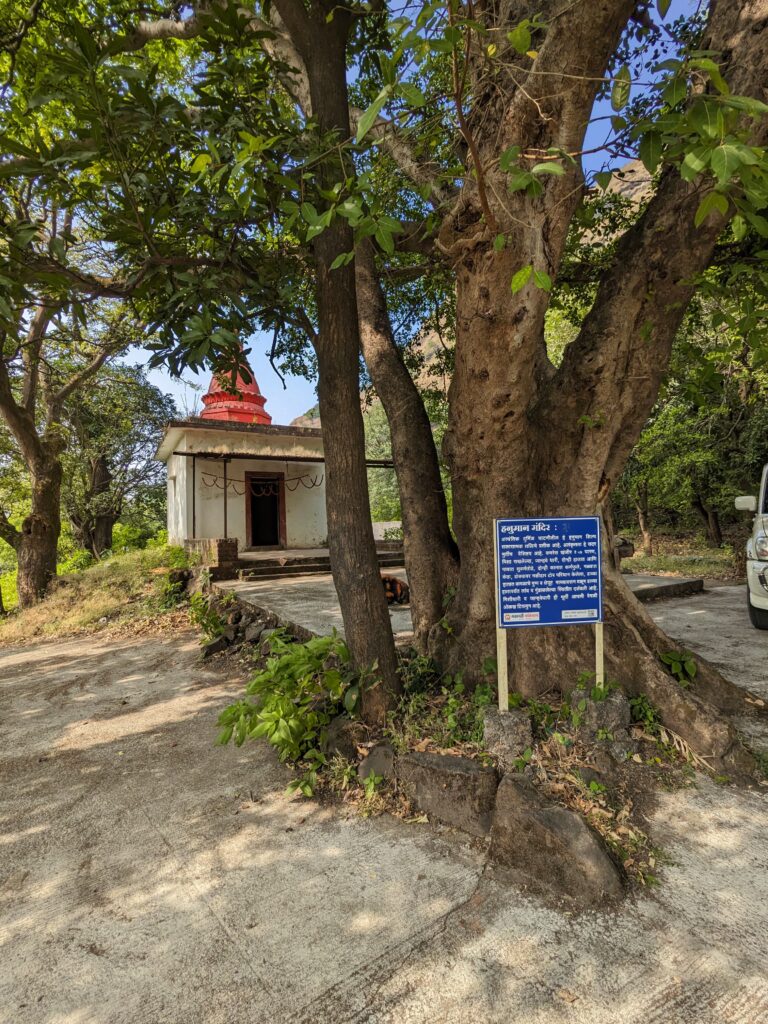
Here, we found two hotels offering snacks and meals for trekkers and locals alike. Hungry from the ride, we enjoyed some tasty poha and hot tea to boost our energy. With fresh energy, we started our trek from the base, first visiting the Hanuman Mandir for blessings.
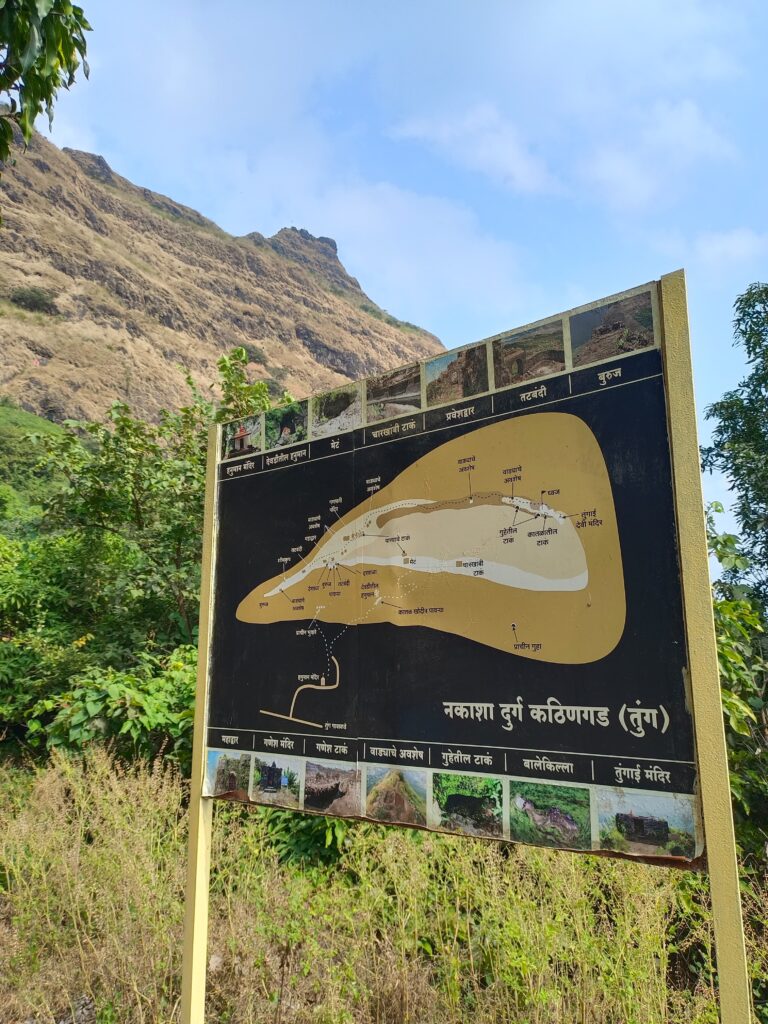
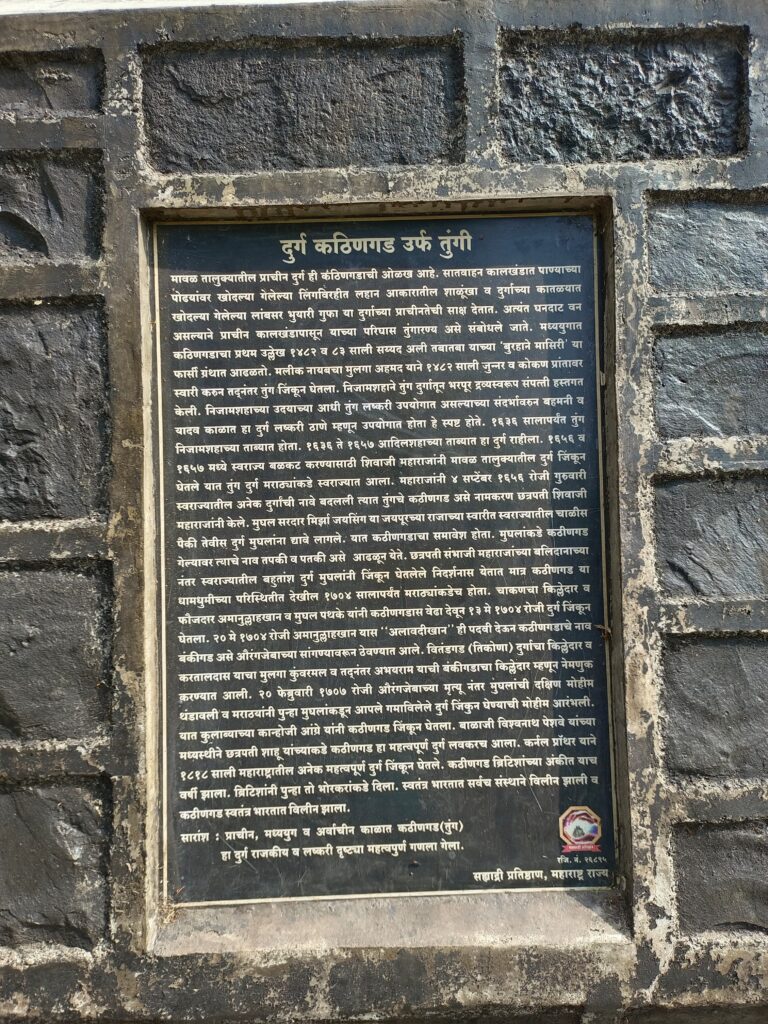
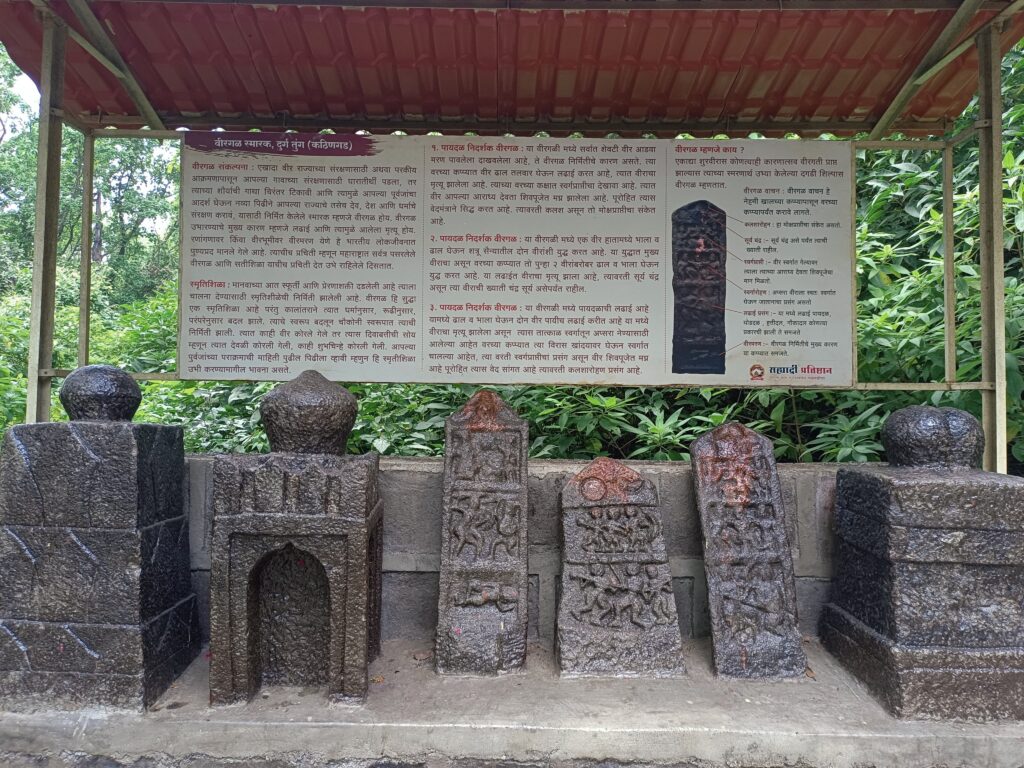
As we went deeper into our journey, we stumbled upon something interesting: Veergals, also called hero stones, standing tall at the start of our trek. These stones share stories of brave villagers who sacrificed for their community, defending their homes and rescuing animals like cows.These hero stones are like history books, quietly telling tales of ordinary people who did extraordinary things for their village.
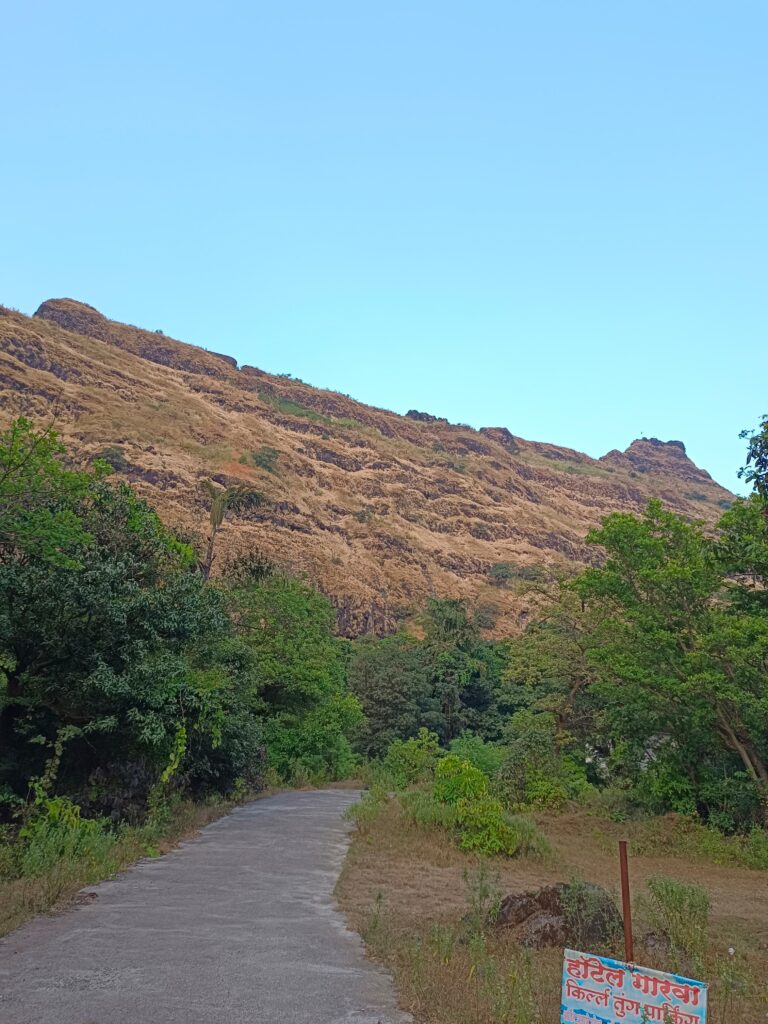
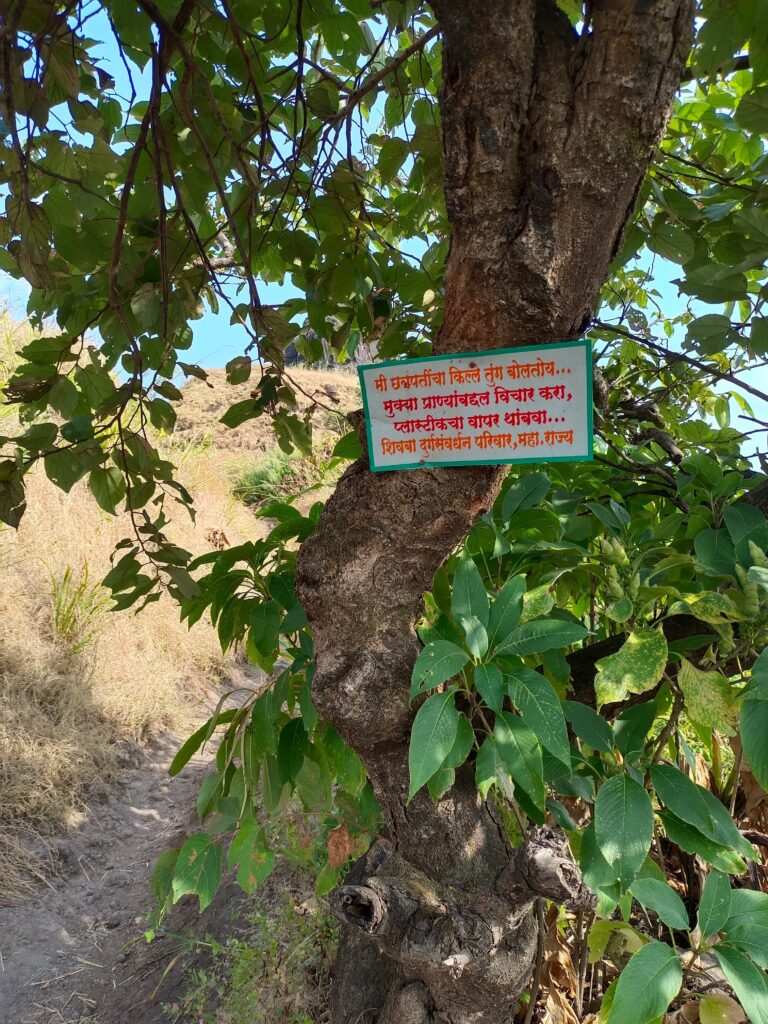
We discovered that we were surrounded by a thick canopy of trees as we continued our hike, their branches entwining to provide a cozy shade. The air was filled with the gentle rustle of leaves and the occasional song of birds.
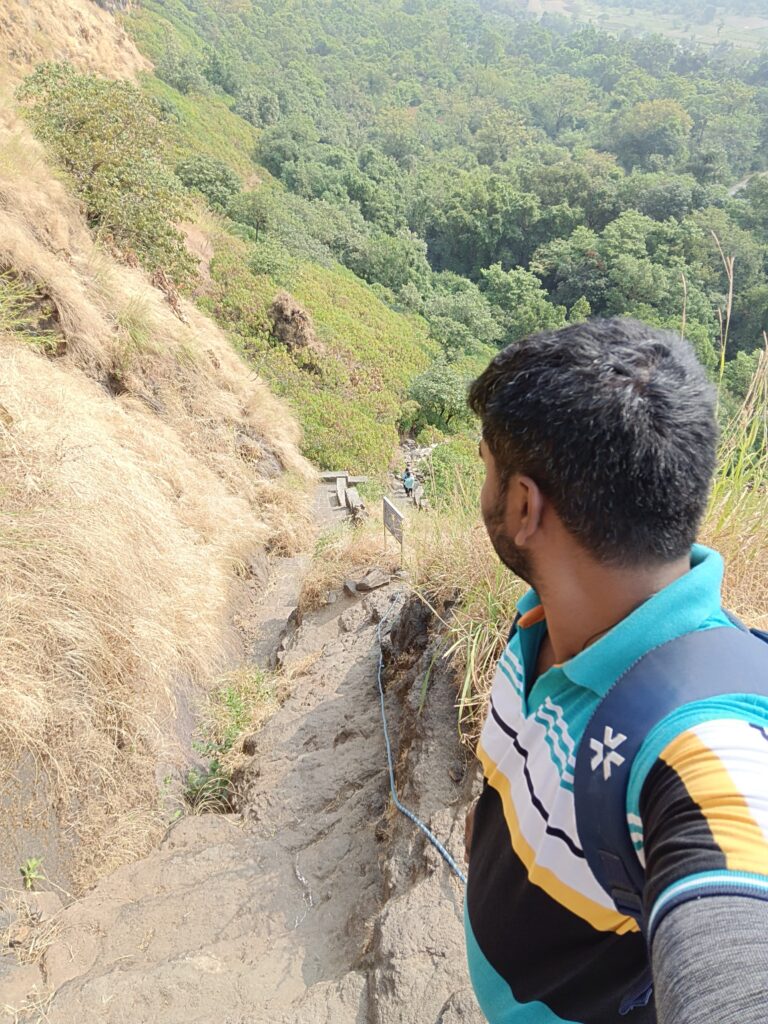
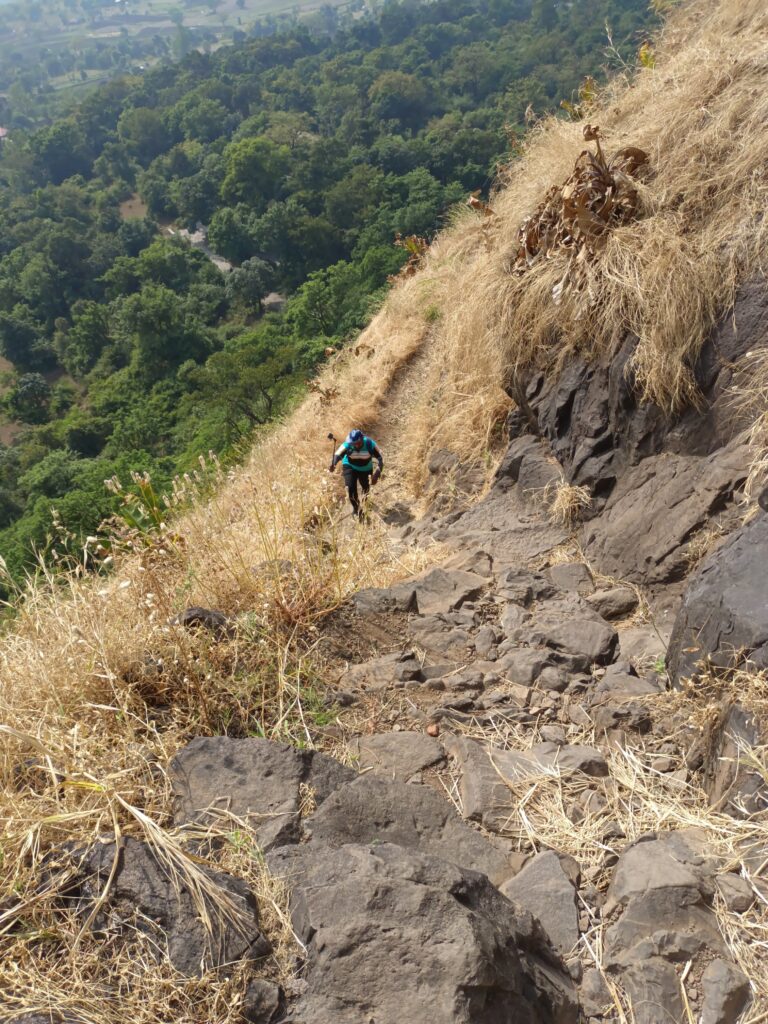
We discovered the worn remnants of stairs that had once led to Tung Fort along the trail.These ancient steps, with their worn surface revealing tales of resilience and strength, demonstrated how time had passed. They proved to be resilient because, even though they were worn down, they continued to stand.Thanks to committed efforts by passionate groups, the stairs—which had been damaged by the British in the past—now stood as a testament to the unwavering spirit of restoration. Browse our , with a variety of options to suit every taste and budget, available to buy online.
While strolling, we came upon some Madhya Pradeshi trekkers who were taking a break beneath the shade of a large tree. My friend Kedar and I decided to take a break with them since we were both exhausted. They were, as it turned out, vloggers who traveled and documented their experiences.I was reminded of the value of preserving our past while I listened to their stories. The Sahyadri forts are more than just aging structures to the Maharashtrian people; they are temples that serve as reminders of our past and pride.After saying goodbye to our new friends, we continued our trek.
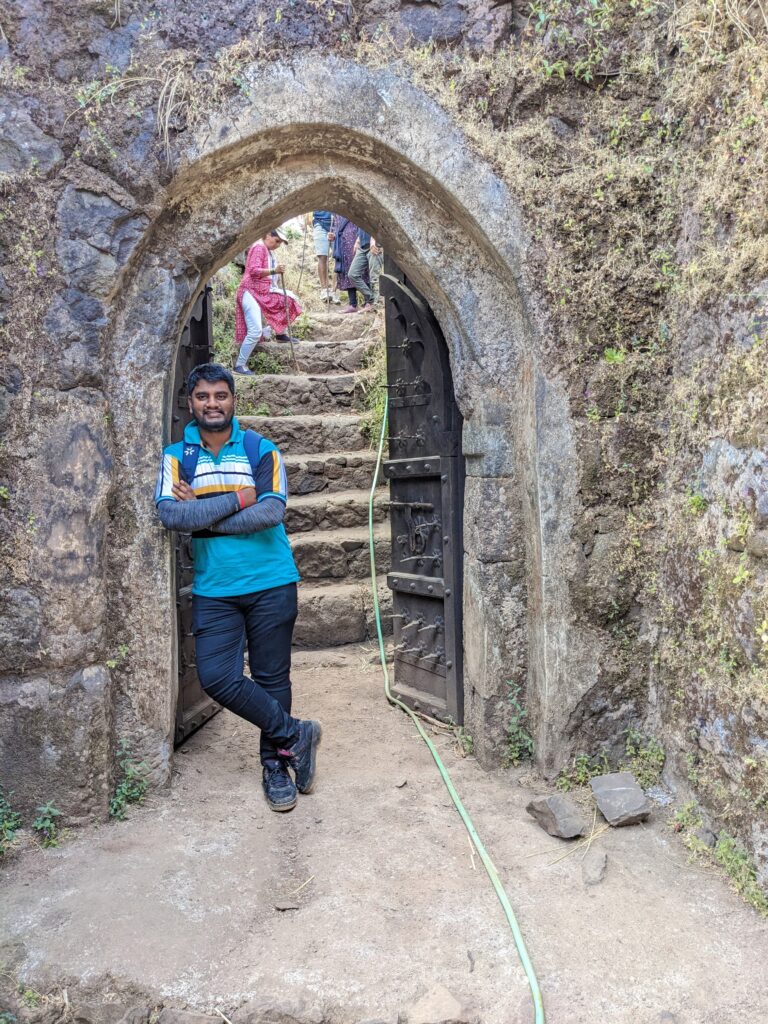
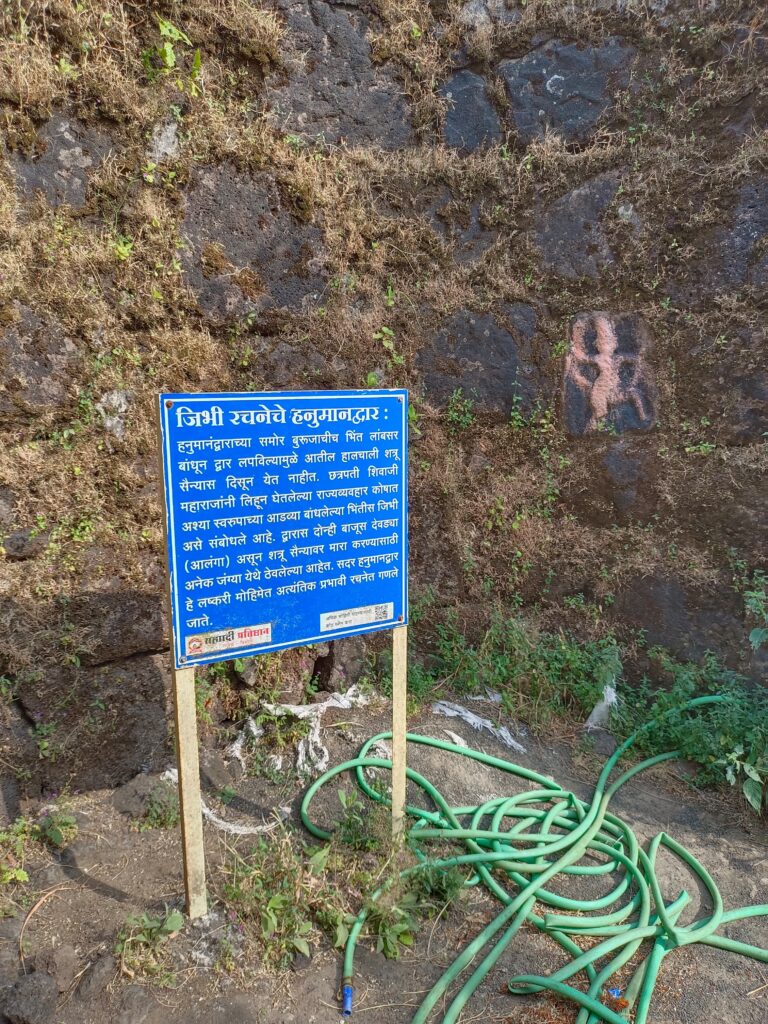
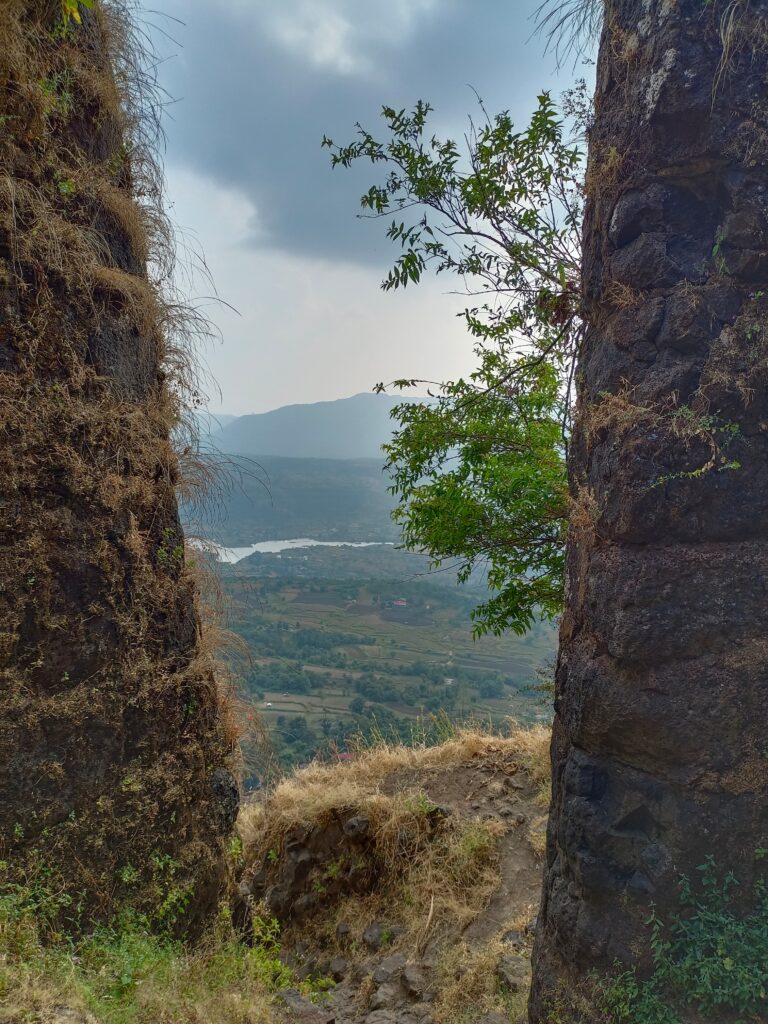
We stopped at the Hanuman Temple, also known as Chaptya Maruti Mandir. Walking through the Hanuman Darwaja, a unique gomukh-shaped structure designed to confuse enemies during battles, we headed to the Ganpati Temple.
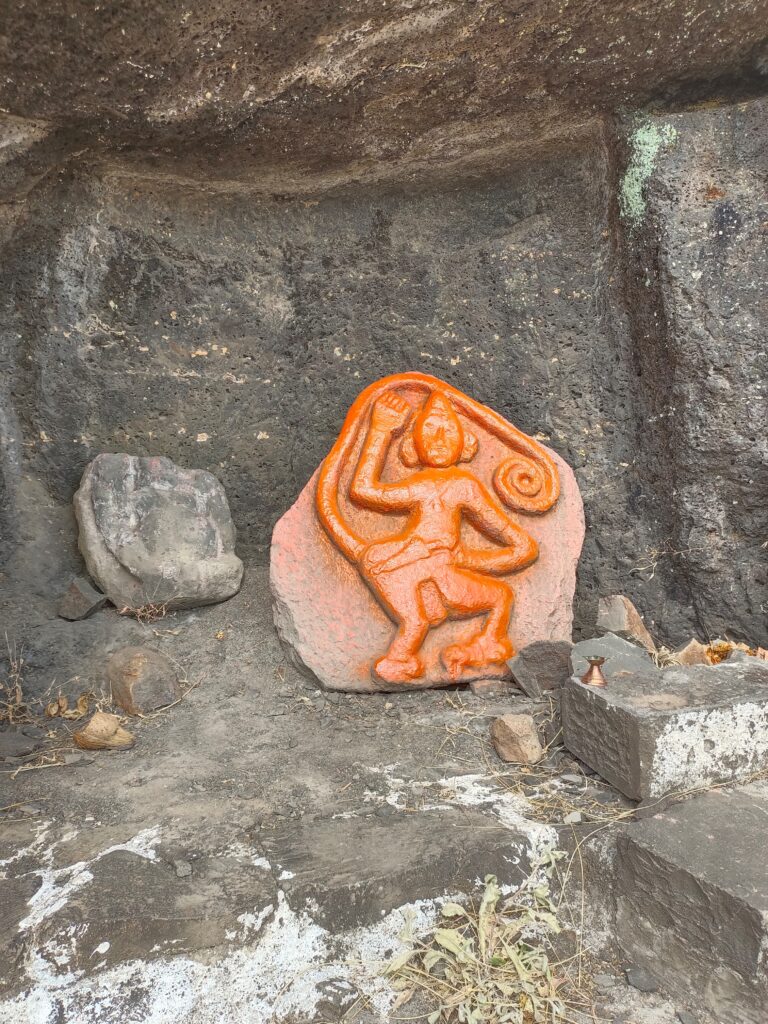
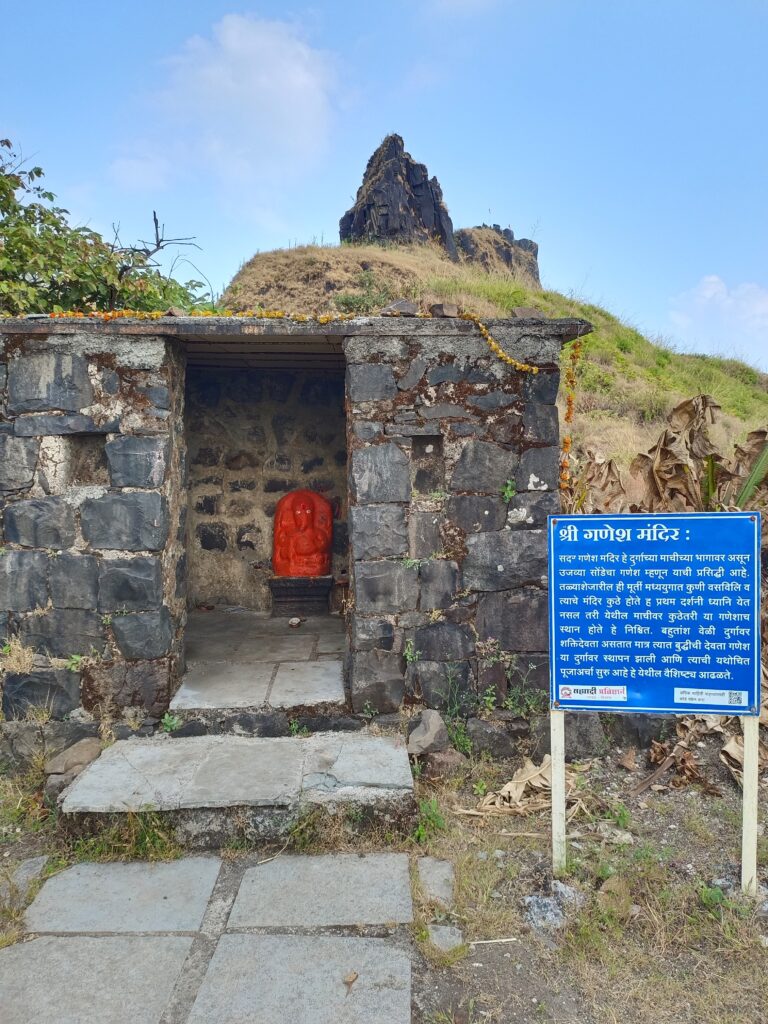
From there, we had a clear view of Tung Fort’s Balle Killa from a nearby water tank. With just a 10-minute trek, we finally reached the mountain top.
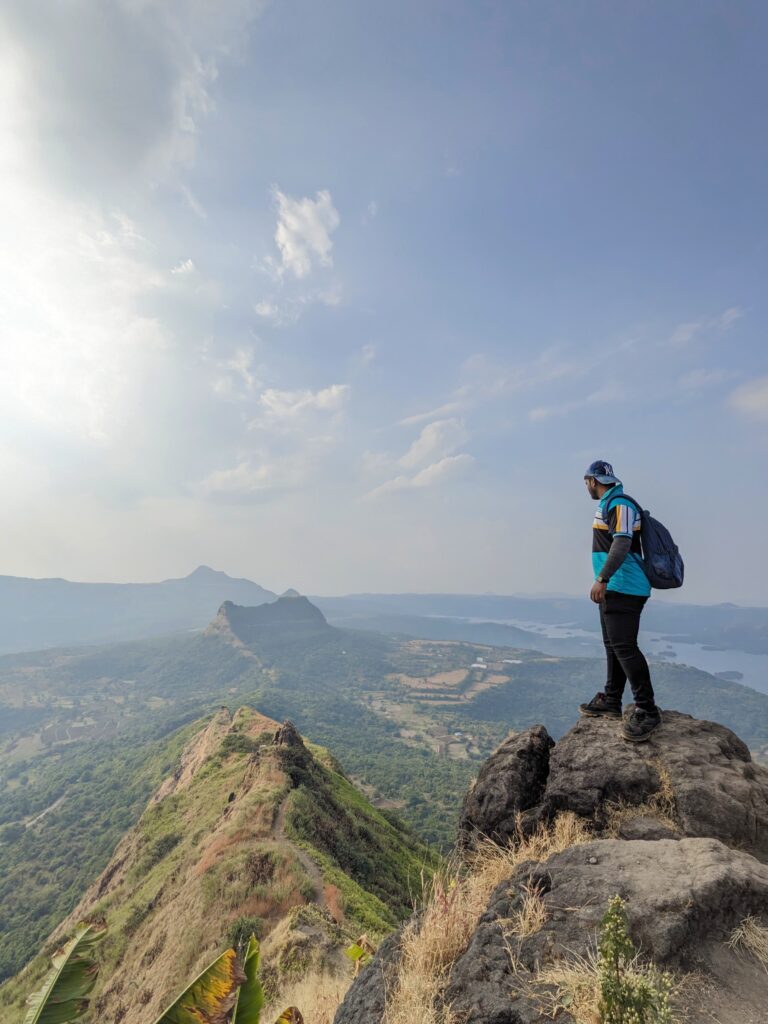
At the top of the mountain, we found the Tungai Devi Temple, a peaceful spot among the rocky terrain. Nearby, a tall pole flew the Bhagwa flag high in the air. The view was amazing: Lohagad, Visapur, Tikona, and Morgiri forts were visible, along with Pawna Lake below. It felt like paradise, showing off the stunning beauty of the Sahyadri range.
While Kedar used his drone to capture the view, I enjoyed the moment, taking pictures with my phone. Even though people say it’s an easy trek, I’d say it’s more of a medium one because it has its tough parts.
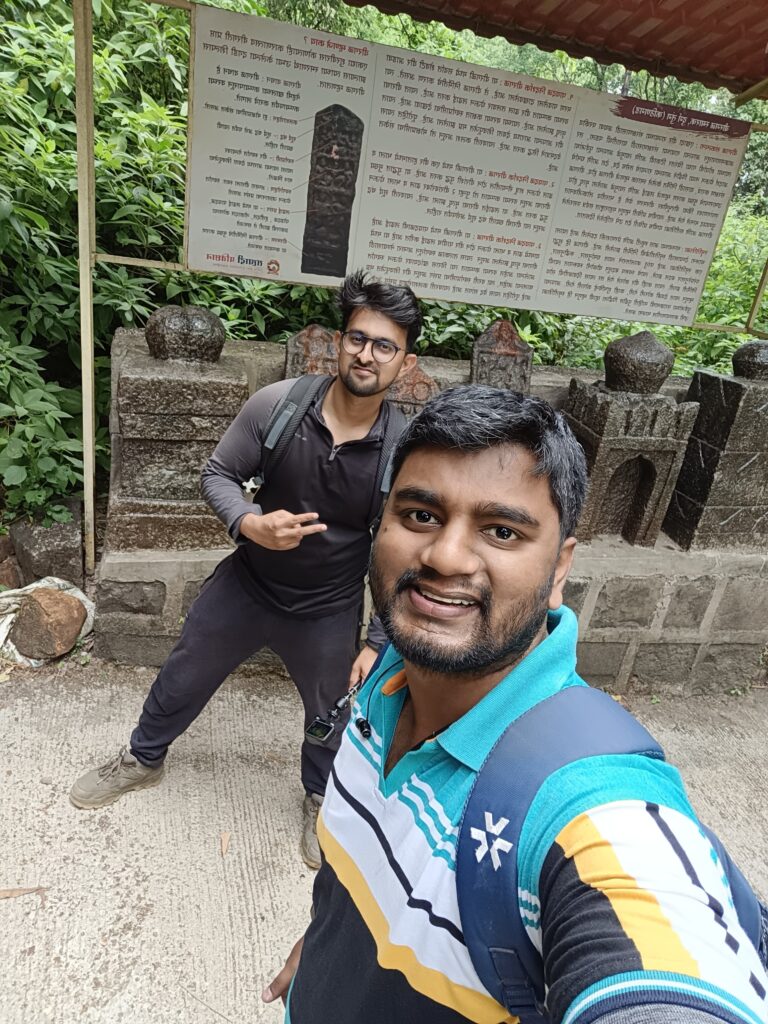
After taking some photos and resting for a while, we began our descent. In 45 minutes, we were back at the base, saying goodbye to Tung Fort but carrying its memories with us.
Tung Fort is more than just a hike; it’s a journey through time and beauty, a testament to the bravery of the past and the peace of the present. So, lace up your boots and prepare to explore this hidden gem in the Sahyadri an adventure awaits!
How to Reach Tung fort
To reach Tung Fort, you have two main options: by train or by road. If you prefer the train, catch one from Mumbai to Lonavala, making sure it stops there. From Lonavala, take a local taxi to Tung village. If you’re driving, it’ll take around 2 hours from both Mumbai and Pune to reach Lonavala. Then, it’s about a 1-hour drive towards Aamby Valley to get to Tung Fort.

